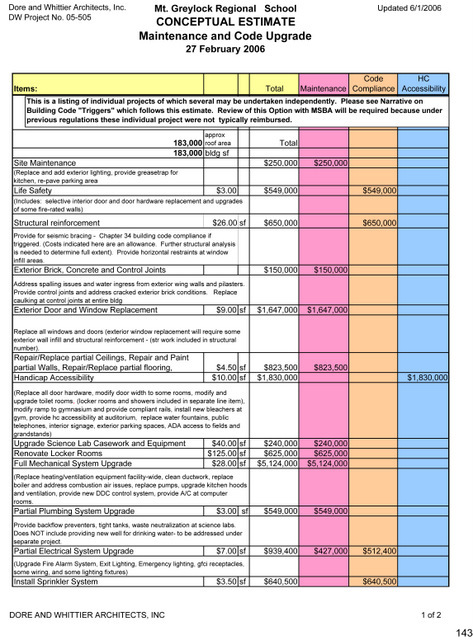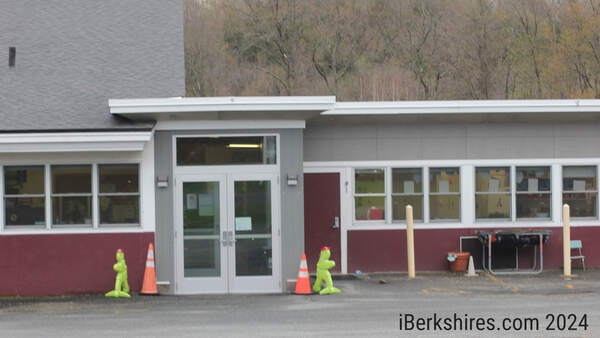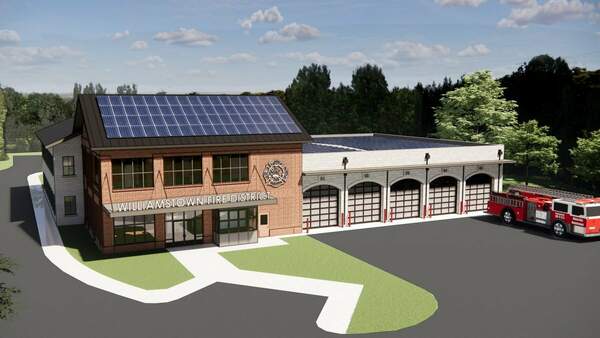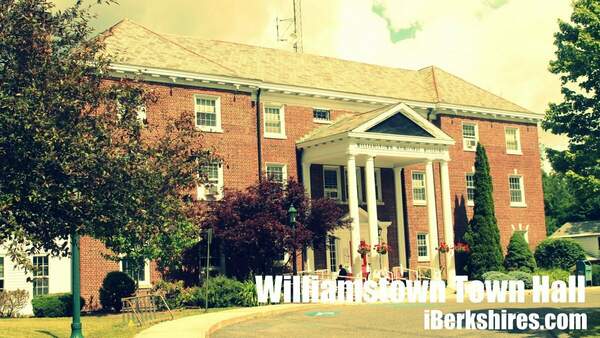Mount Greylock Feasibility Study Question Put to Lanesborough Voters
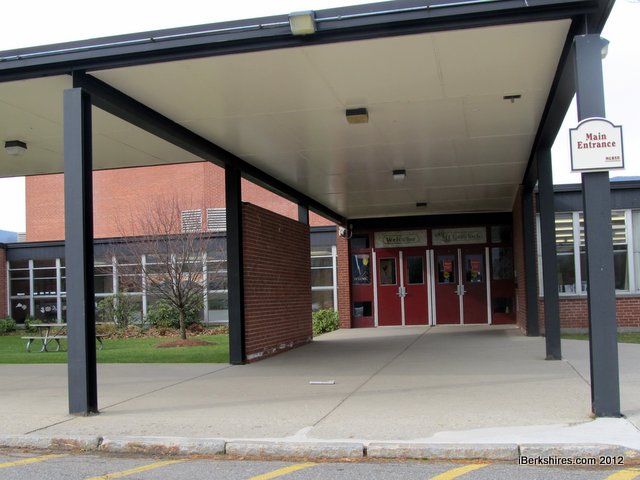
LANESBOROUGH, Mass. — Among the issues facing voters at Tuesday's annual town meeting is the question of whether the Mount Greylock Regional School District should be allowed to borrow up to $850,000 pay for a feasibility study to look at options to address the school's failing infrastructure.
The school district hopes to get the study approved so it can move forward in the Massachusetts School Building Authority's system. Partnering with the commonwealth will allow Mount Greylock to repair, renovate or replace its aging building with matching funds from the MSBA, which is funded through the Massachusetts sales tax.
The district needs the authorization to borrow the full amount for the study, although it — like any eventual renovation or construction — would be compensated by the MSBA at a rate of 53 percent.
The Lanesborough portion of the $850,000 would come out to about $93,000, paid over two to three years, according to projections from school officials.
A similar debt authorization sailed through the annual town meeting in Williamstown, the other town that composes the Mount Greylock district.
No one expects as smooth a trip through the Lanesborough meeting on June 10, but the chairman of the Mount Greylock Building Committee, who also is a Lanesborough resident, says he is optimistic about the authorization's prospects for passage.
Mark Schiek said the argument for passage comes down to the fact that by staying in the MSBA pipeline, Mount Greylock has an opportunity to access state aid. If the district is turned out of the authority's program, it will be left with big repair bills it would need to pay on its own.
"Some people, with the financial difficulties the town of Lanesborough has had — and really Lanesborough has a very high tax burden — there's a lot of worry and concern on residents' part that this is more money they're going to have to be paying out," Schiek said. "I think what happens when you get into a conversation with a lot of people is they realize something has to be done with the building.
"We're people will see this as an opportunity to move forward with state aid. If we don't move forward, we'll be on our own, along with Williamstown. That burden may be a tougher pill to swallow.
"Some people are very receptive to that argument."
The argument has been made repeatedly by members of the Mount Greylock School Committee and Building Committee this spring.
Officials can point to a 2006 report prepared by for the district by the architecture firm Dore and Whittier of Newburyport, Mass.
Among the options considered in the 34-page report is a bare bones "maintenance and code upgrade" just to make the current school building usable. The projected price tag for such a project eight years ago was $22.4 million.
Dore and Whittier estimated more than $5 million just for a mechanical system (HVAC) upgrade), $1.8 million to make the building handicapped accessible, $1.6 million for exterior door and window replacement, and $1 million for hazardous materials abatement — those are among the most frequently cited concerns that drove the district to apply to the MSBA on multiple occasions over the last eight years.
Officials say the school has been given a pass by its accrediting authority, the New England Association of Schools and Colleges, on the condition that the district work with the MSBA on addressing the building's deficiencies.
"We know from 10 years of work, based on what we've heard from a variety of parties, including the building inspector, we have to do major maintenance and a code upgrade on this school," Building Committee member Thomas Bartels said in May.
"The idea that not proceeding with the feasibility study is a zero-cost option is a fantasy," Mount Greylock School Committee member David Langston said at an April meeting.
Schiek said the potential price tag of "going it alone" is a compelling argument to stay with the MSBA.
"Either way we move forward, we have to do something with the building, and this may be -- in my opinion -- the most financially responsible way of moving forward," he said. "It's the opportunity to partner with the state and do what's best for the community in the long run."
On the other hand, there is a strong sense of tax fatigue among many Lanesborough residents, and with good reason.
The town has one of the highest tax rates in Berkshire County ($18.52 per $1,000 of assessed value), according to a chart on the website of the Berkshire County Board of Realtors. Williamstown's tax rate ($15.28) is 17 percent lower according to the chart, which cites the Massachusetts Department of Revenue as the source of its information.
The lowest residential tax rate in the county is Hancock's, at $2.84. The highest is Adams', at $19.95.
Schiek said he understands Lanesborough residents' concern that the a feasibility study will cost money, but he stressed two important points: 1. Tuesday's vote authorizes only the feasibility study, not a building project; 2. It will cost the town less to address the problems at the high school with the MSBA than without it.
The math behind the feasibility vote is a case in point. Although the total "ask" is $850,000, MSBA would cover 53 percent, leaving just less than $400,000 to be paid locally. The school district has set aside $150,000 of its money to fund the study, leaving the two towns to split about $250,000; Lanesborough's share would be $98,000 under the current enrollment-based apportionment of district expenses.
The Mount Greylock Building Committee has attempted to make the economic arguments at community fora in both member towns over the last few months. Schiek admits that many of those fora have tended to draw constituencies — like parents of school-age children — sympathetic to the committee's arguments.
"At town meeting, we will probably have more of that constituency that isn't 'preaching to the choir,' " Schiek said. "I don't want to say that constituency has ignored the issue, but maybe they don't fully understand what the cost is or fully understand there is no zero-cost solution.
"At some point, we are responsible for that building."
And Schiek said the benefits of an improved building and strong school system are enjoyed by residents whether they have children in the school district or not.
"My wife and I moved to Berkshire County in 2005," he said. "At the time we were looking for a home ... one of the selling points that Lanesborough was a good town to move into was the school system.
"If we lose that, if we lose the school's accreditation, those are are detriments to the community as a whole."
Tags: feasibility study, MGRHS, school building, school project, town meeting 2014,
 LANESBOROUGH, Mass. — Among the issues facing voters at Tuesday's annual town meeting is the question of whether the Mount Greylock Regional School District should be allowed to borrow up to $850,000 pay for a feasibility study to look at options to address the school's failing infrastructure.
LANESBOROUGH, Mass. — Among the issues facing voters at Tuesday's annual town meeting is the question of whether the Mount Greylock Regional School District should be allowed to borrow up to $850,000 pay for a feasibility study to look at options to address the school's failing infrastructure.